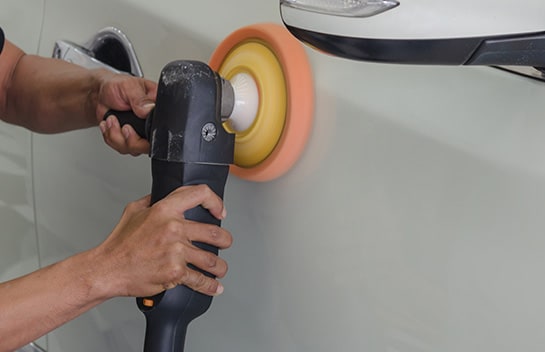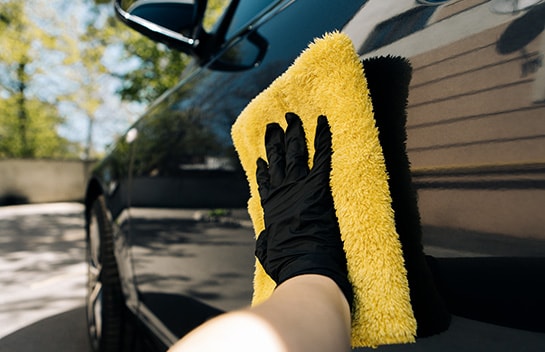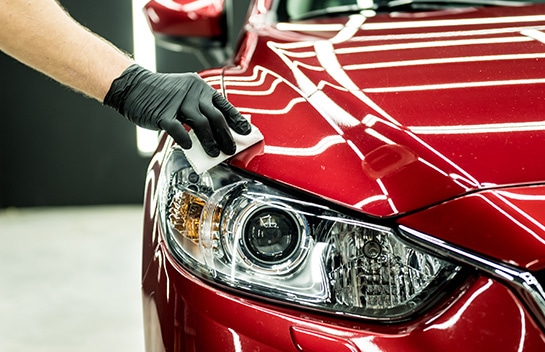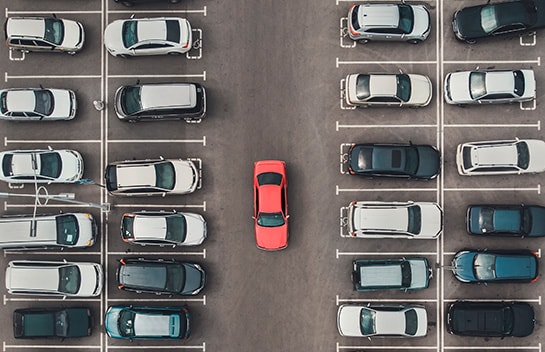
Automotive Paint Peeling: Common Causes and Prevention
When it comes to your vehicle’s appearance, knowing how to maintain your painted finish is essential. Car paintwork is made up of three layers, and each layer plays a specific role in protecting your vehicle from rust and corrosion and keeping it looking its best. Primer, paint, and clear coat provide three levels of protection from harmful contaminants and weather exposure, but these finishes can suffer damage with time and begin peeling or flaking off. Automotive paint problems can be caused by several contributing factors, including some that are often difficult to pinpoint after the paint has already begun to peel. Peeling paint not only ruins your car's appearance, but also reduces its resale value and can allow more extensive damage to occur, such as rust and corrosion formation. At O’Reilly Auto Parts, we understand the importance of protecting your car’s appearance. That’s why we have created this helpful resource to help you understand what causes car paint to peel, how to prevent future paint peeling or damage, and how to repair any existing peeling paint spots on your vehicle. Read on to learn more about protecting your car from paint damage.
What Causes Car Paint to Peel?


UV Damage

Cold Temperature and Weather Damage

Cleaner and Chemical Damage

Improper Refinishing Techniques
How to Prevent Your Car’s Paint From Peeling


Keep Your Car Clean

Complete Necessary Repairs

Park and Store Your Car Safely
Prevent and Repair Peeling Paint with the Right Products from O’Reilly Auto Parts

Did you enjoy this article, or do you have feedback about this or other How-To content from O'Reilly Auto Parts? Take a quick survey to tell us what you'd like to see next.
